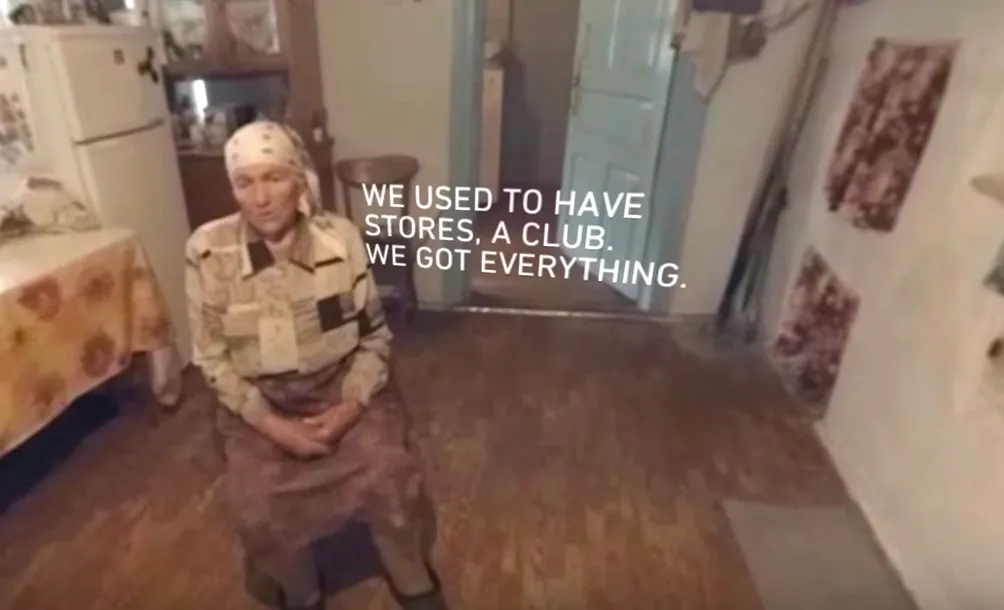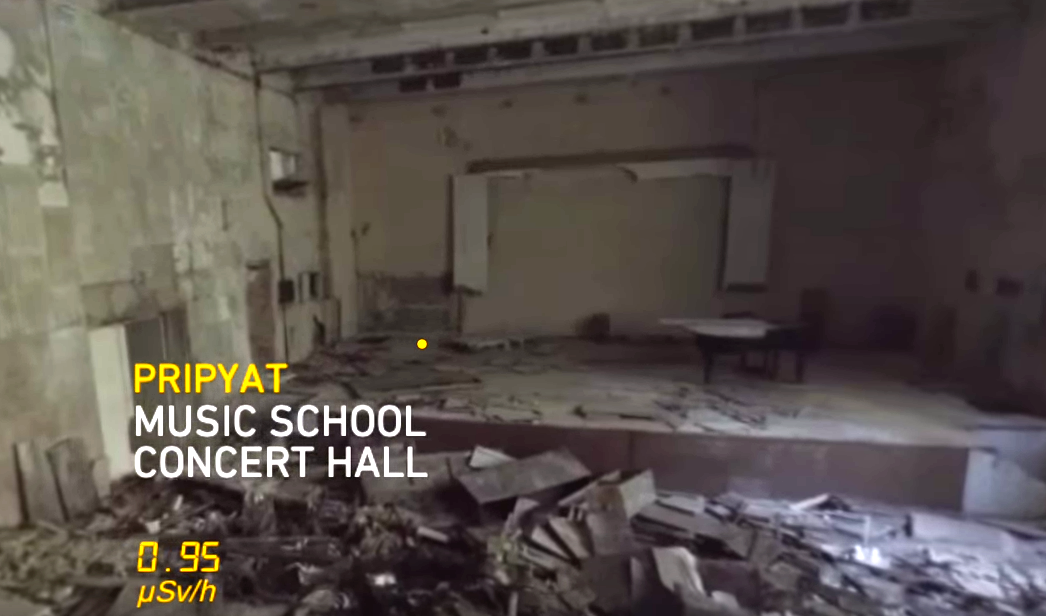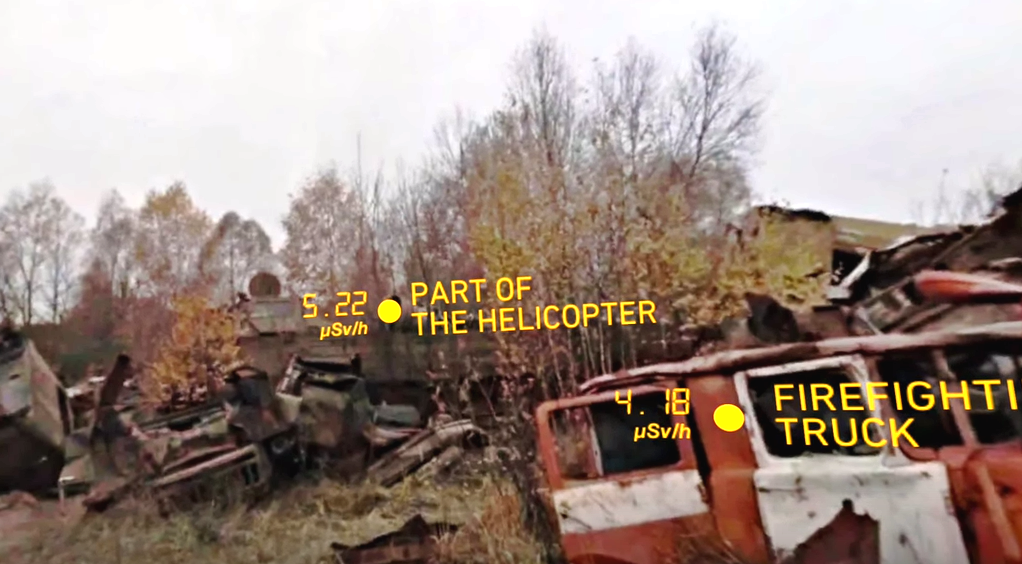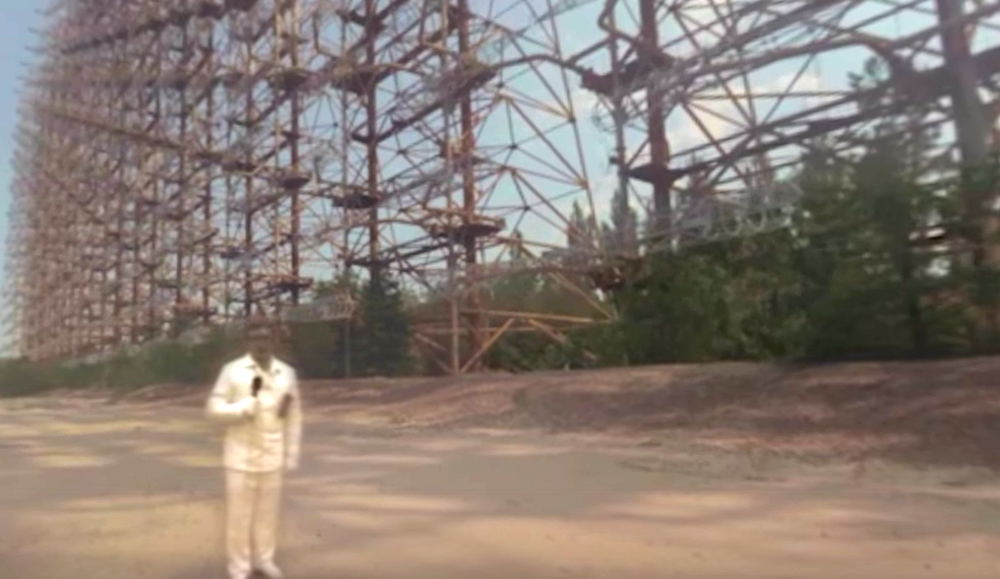Virtual reality has many amazing capabilities. It can transport us to fantastical realms and far flung galaxies. It can reunite us with friends and family around the globe. And it can also teach us about our world and our history better than any textbook or documentary ever could.
Chornobyl360 is proof of that.
This 360 video experience is not simply another immersive documentary. Nor can it be classified as a game or pure entertainment. No, this is something new. Something we have never seen before and lack the proper terms to define. For now, let’s call it “Immersive History.”
The first thing that many may realize makes this experience unique is its name. Calling the project Chornobyl rather than Chernobyl was not a mistake but a reflection of the cultural identity of the people behind it. Chornobyl is the Ukrainian transliteration of the infamous power plant and it’s being funded through Kickstarter and developed by a team of amateur filmmakers from Ukraine. The producers decided to keep it intact for the film to honor those lost in their nation’s historic tragedy.
Chernobyl is, of course, a well known ecological disaster that took place in Ukraine on April 26, 1986. The nuclear power plant in question experienced a catastrophic core malfunction resulting in the death of two workers. 28 civilians also perished as radiation from the core engulfed the surrounding landscape.
The area is still deemed a potential threat and, although re-settlement is underway, the land has yet to be completely reclaimed even 30 years later.
Chornobyl360 is dedicated to the 30th anniversary of this tragic event, and the experience is proof positive that VR has forever altered the way future generations will recall and study history.
The experience does not simply thrust you into a high-res spherical photo and invite you to spin around. It also overlays dramatic music, a perfectly atmospheric voice over, interactive environments, and – perhaps most significantly – ghostly representations of the people most impacted by the tragedy.
As you stand in the various environments the team was able to capture from the site of the event – environments in which you could not be in reality due to the radiation – you are not only witnessing a barren landscape so furiously ravaged by industry, but also you are given ghostly glimpses into the lives of those lost, as children play, adults work, and animals frolic.
This technique transforms what would normally be a few pages in a history textbook into an incredibly moving experience that creates a memory not through memorization, but through direct emotional impact.
All of the things we remember best in life are things that effect us emotionally. VR can bring history to life more thoroughly than any lecture or 2D documentary ever could. Because of this new technology we will be better able to catalogue the human experience, and better honor those that have perished along the way.
Chornobly360’s Kickstarter has only 5 days left to raise over half of its goal. But, even if it fails, it has shown us all that – once again – virtual reality is meant for so much more than just playing video games.
































